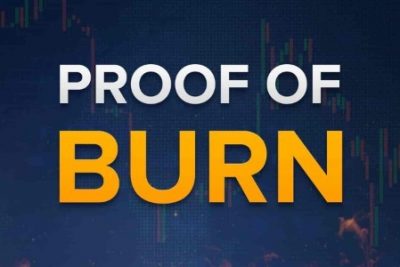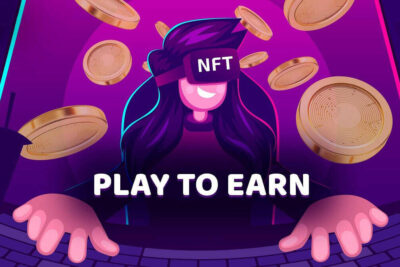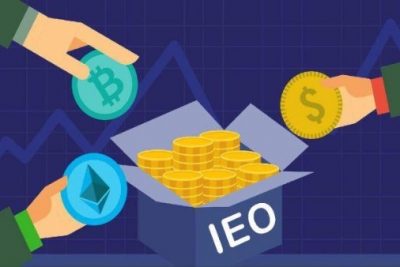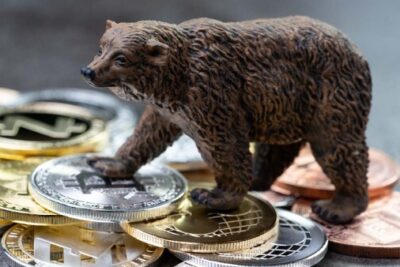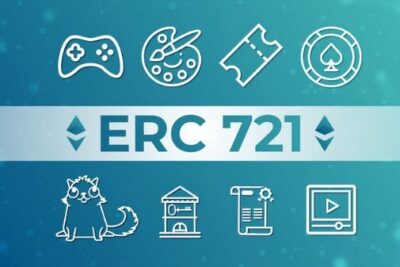

Cryptocurrency Explained: What Is Proof Of Burn In Blockchain?
20 April 2022
Proof of Burn is a distributed consensus approach that is used in place of Proof of Work and Proof of Stake. Additionally, it may be used to bootstrap one cryptocurrency using another.
The idea is that miners should demonstrate that they destroyed some coins – that they transferred them to an unspendable address that can be verified. This is costly for them individually, as proof of work is; nonetheless, it uses no resources other than the burnt underlying asset. Currently, all proof of burn cryptocurrencies operates by burning proof-of-work-mined cryptocurrencies, which means that the ultimate source of scarcity remains the proof-of-work-mined “fuel.”
There are very certainly several plausible proofs of burn. This tutorial bePAY will define Proof-of-Burn, explain how it works, and compare it to other consensus methods such as proof of stake.
- What Is Proof Of Burn In Blockchain?
- How Does Proof Of Burn Work?
- Proof Of Burn Vs Proof Of Stake
- Proof Of Burn Pros And Cons
- FAQs About Proof Of Burn
- Closing Thoughts
What Is Proof Of Burn In Blockchain?
There are other implementations of Proof-of-burn (PoB) PoB, but Iain Stewart’s idealized Proof of Burn is arguably the most widely recognized in the cryptocurrency field. It was presented as a more durable consensus algorithm than the PoW technique.
PoB is a blockchain consensus process that consumes significantly less energy than proof-of-work (PoW). By utilizing the PoB mechanism, decentralized networks ensure that miners attain agreement through currency burning. Burning is the technique of eradicating cryptos from circulation forever. While this approach helps to prevent inflation, it is also used to validate transactions on blockchains PoWered by PoB.
However, unlike PoW-based decentralized networks such as Bitcoin, Proof-of-Burn validates transactions using virtual mining equipment rather than real ones. Simply explained, PoB miners conduct currency burns to demonstrate their network activity and earn the right to mine.
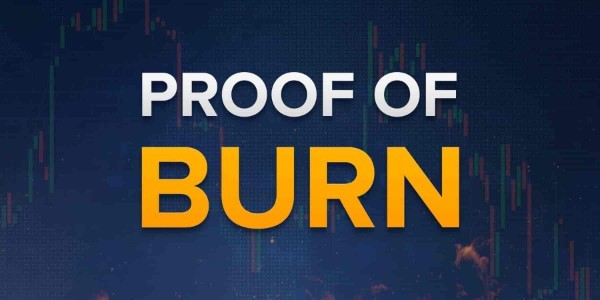
Proof Of Burn Definition
The number of coins burned by a miner reflects his virtual mining strength. Thus, the greater the number of coins, the greater the PoWer, and vice versa. Notably, like with PoW systems, increased mining PoWer speeds up the process of discovering new blocks. As a result, the miner obtains a higher reward.
The coin burn procedure on proof-of-burn networks entails sending the coins to an “eater address.” This location may be verified publicly but is unavailable. Bear in mind that eater addresses are randomized and lack private keys.
Proof-of-burn is analogous to proof-of-stake (PoS) in that both consensus techniques rely on currency interaction to secure the network. Unlike PoB systems, however, coins locked in PoS systems are not permanently lost; holders may still access and sell them if they choose to quit the network. In comparison to PoS, PoB results in currency scarcity.
It’s worth noting that the PoB method is a novel kind of consensus algorithm. As such, it has yet to be demonstrated that it works on huge networks. Several advantages of the PoB technique include its sustainability and extremely decentralized mining process.
- Cryptocurrencies confirm the data recorded on their blockchains using a variety of ways, including one dubbed “proof of burn”
- Proof of burn is the third effort to develop a method that will prohibit fraudulent conduct on a blockchain while simultaneously increasing the network’s transactional functionality.
- Both proof of work and proof of stake are techniques for avoiding fraudulent behaviour on a blockchain; proof of work is the approach used by Bitcoin, the first and most prominent cryptocurrency.
How Does Proof Of Burn Work?
Burning coins entails sending them to a verifiably unspendable address, thereby destroying them. While the act of burning coins is commonly referred to as ‘destroying’ them, the fact is that the coins are not destroyed because their data remains on the network. Rather than that, it is preferable to conceive of burning as an irreversible public action that sends the money to a location where they are no longer spendable.
The phrase “Proof-of-Burn” refers to the process of locking a certain quantity of cryptocurrency (often Bitcoins or other digital assets), i.e., transferring them to an unspendable address in exchange for tokens on another blockchain. Because the locked coins can no longer be utilized for anything other than swapping for the new tokens, they are effectively destroyed.
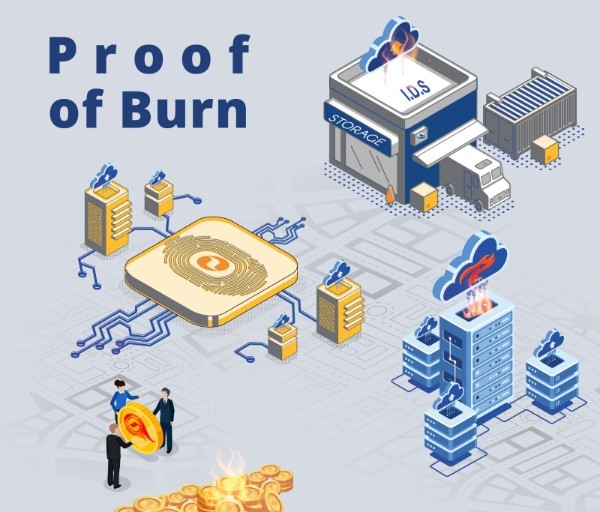
Proof Of Burn Working Mechanism
Proof-of-Burn aim to generate a “negative mining” incentive. In other words, before new tokens can be created, current ones must be destroyed. This complicates the process of creating new tokens, as it needs the investment of actual resources (i.e., burning coins). This helps safeguard the new tokens’ value and prevents them from being discounted due to excessive inflation.
Proof-of-Burn is frequently employed in blockchain projects that issue tokens because it adds an additional degree of protection against devaluation and inflation. Additionally, it encourages users to save their tokens rather than sell them, as they may be redeemed only through the destruction of other cryptocurrencies.
A typical proof-of-burn strategy begins with the creation of a public key (similar to an account number) to which satoshis are transmitted. Using this public key, you may determine the amount of “virtual Bitcoin” burnt at any given moment by anybody who discovers the public key (i.e., generating it). The greater the number of satoshis transmitted to the key, the more “Proof-of-Burn” it represents.
Proof Of Burn Vs Proof Of Stake
One similarity between Proof Of Burn Vs Proof Of Stake is that block validators must invest their coins to participate in the consensus mechanism. Proof-of-stake blockchains, on the other hand, require forgers to stake their currency, which is frequently locked away.
They may, however, regain those coins and resell them on the open market if they choose to leave the network. As a result, in this situation, there is no permanent market scarcity, as coins are only taken from circulation for a brief period of time. On the other side, PoB block validators are required to permanently destroy their coins, hence perpetuating economic scarcity.
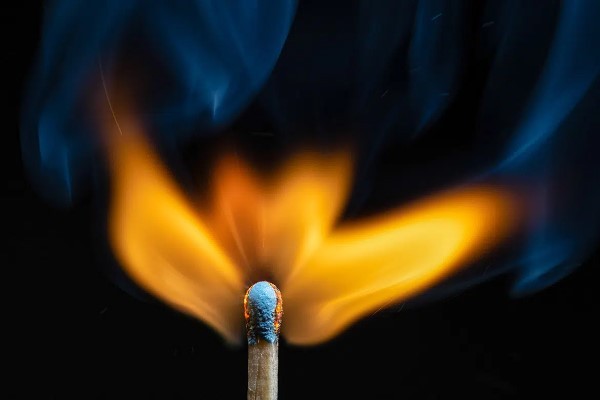
Proof Of Burn Vs Proof Of Stake
The Advantages of PoB Over PoS: Market scarcity is not permanent on the PoS blockchain. The scarcity is only temporary, i.e. until the forger bets their coin, which is typically accomplished by locking them away. However, the coins re-enter circulation if the forger who is departing purchases them and sells them in the market. Whereas in the case of PoB, the coins are destroyed, ensuring that the scarcity persists in perpetuity.
>> Read Also: What Is Staking Crypto? Complete Tutorial For Newbies
Proof Of Burn Pros And Cons
The pros/cons described here are based on broad arguments advanced by proponents of PoB and should not be taken as established truths. There are issues around these arguments, which require more testing to determine if they are legitimate or invalid.
The Pros of PoB include the following:
- It consumed a negligible amount of electricity in comparison to PoW.
- When coins are burnt, it minimizes energy usage by discarding negligible resources.
- It promotes long-term engagement in a project by demonstrating a strong commitment to the currency by forsaking a short-term profit in favour of a long-term profit.
- In comparison to previous consensuses, the coin distribution is more equitable.
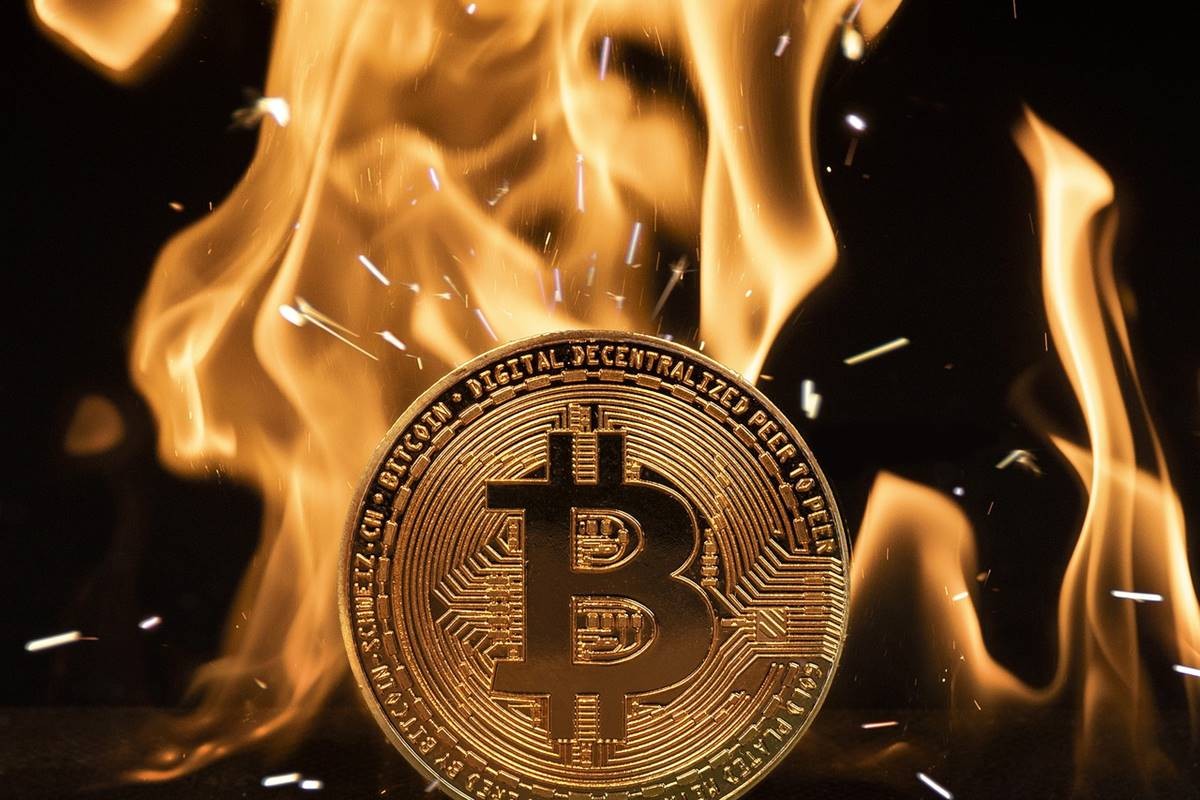
Proof Of Burn Pros And Cons
The Cons of PoB include the following:
- It’s dangerous since one never knows if they’ll recoup the cryptocurrency they’ve burned or not.
- As coins are burned, we can observe that resources are being squandered.
- It may be afflicted by the phenomenon of the affluent growing richer. In which the affluent become wealthier by accumulating more coins.
Proof Of Burn Examples
Customization of a Proof of Burn implementation is possible. For instance, Slimcoin, a virtual currency network that utilizes PoB, enables miners to burn money, which not only entitles them to fight for the next block but also offers them the opportunity to earn blocks for an extended length of time, at least a year.
Slimcoin’s PoB implementation essentially mixes three algorithms: PoW, PoS, and the fundamental PoB principle.
The act of burning coins makes use of PoW; the more coins burned, the more opportunities one has to mine, assuring PoS; and the whole ecosystem adheres to the PoB idea.

Proof Of Burn Examples
>> Read Also: How To Mine Bitcoin At Home – Clarifying Of Mining Bitcoin Questions
FAQs About Proof Of Burn
What Is The Definition Of Consensus Mechanism?
The consensus mechanism enables network members to decide on the network’s following global changes (such as the addition of a new block of transactions).
How Many Types Of Consensus Mechanisms Are There?
Several alternative consensus protocols exist, including Proof of Work (PoW), Proof-of-Stake (PoS), Delegated Proof-of-Stake (DPoS), Proof-of-History (PoH), Proof-of-Authority (PoA), Proof-of-Importance (PoI), Proof-of-Elapsed-Time (PoET), and Proof of Capacity (PoC).
Which Blockchains Implement The Proof Of Burn Mechanism?
Slimcoin, counterparty, and Factom all operate using the Proof of Burn algorithm.
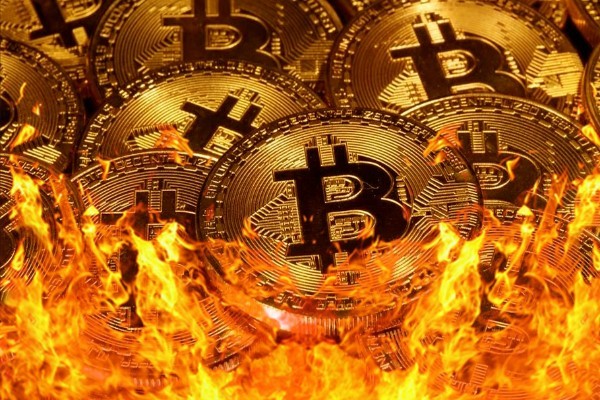
Proof Of Burn Frequently Asked Question
Closing Thoughts
Proof-of-burn (PoB) is a method in which cryptocurrency holders transmit their coins to an unspendable address in order to burn them. This destroys the currency, and in exchange, they receive new tokens. The concept of PoB is to create scarcity for new tokens, which in turn increases demand. The fact that PoB does not require expensive mining gear to distribute currency or protect its network is one of its primary advantages.
To learn more about other blockchain technology and cryptocurrency posts click here
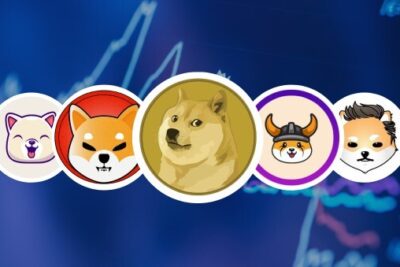
Cryptocurrency Explained: What Is Meme Coin In Crypto?
22 March 2022
What Is A DApp – The Gateway To Interact Decentralized
22 March 2022